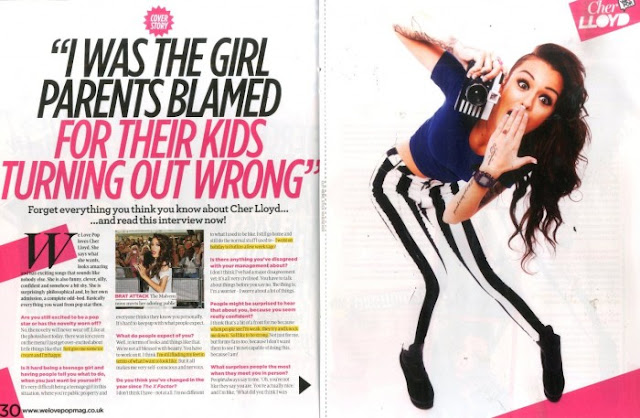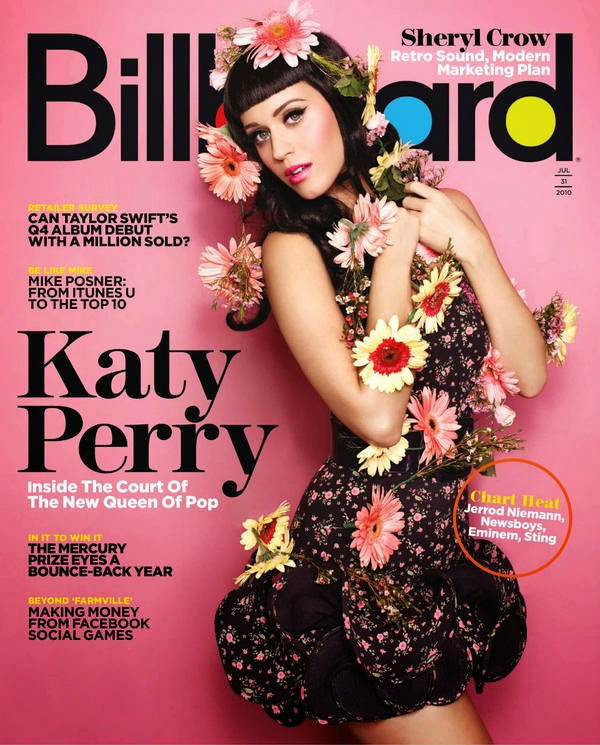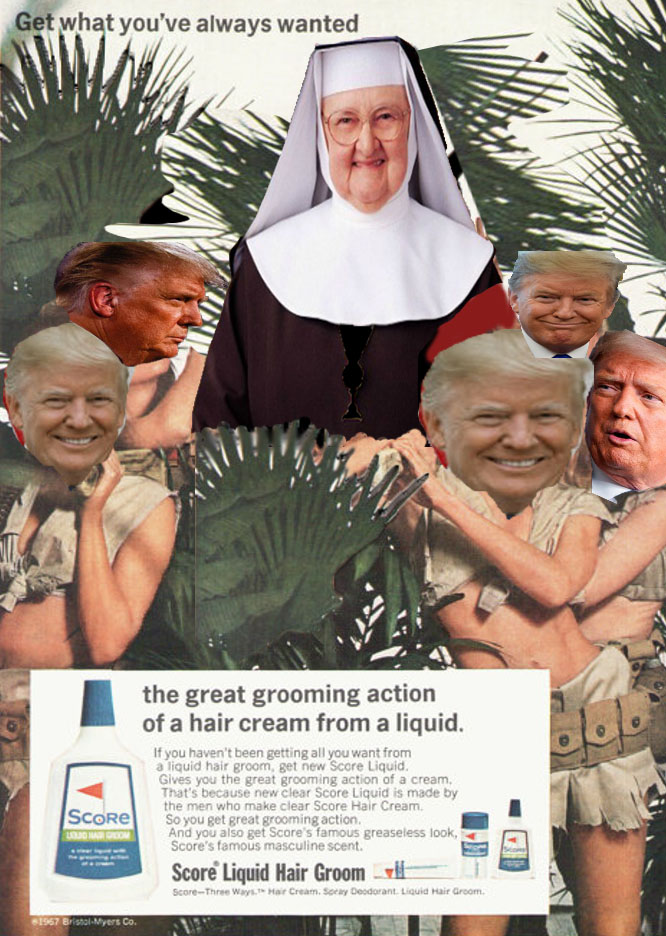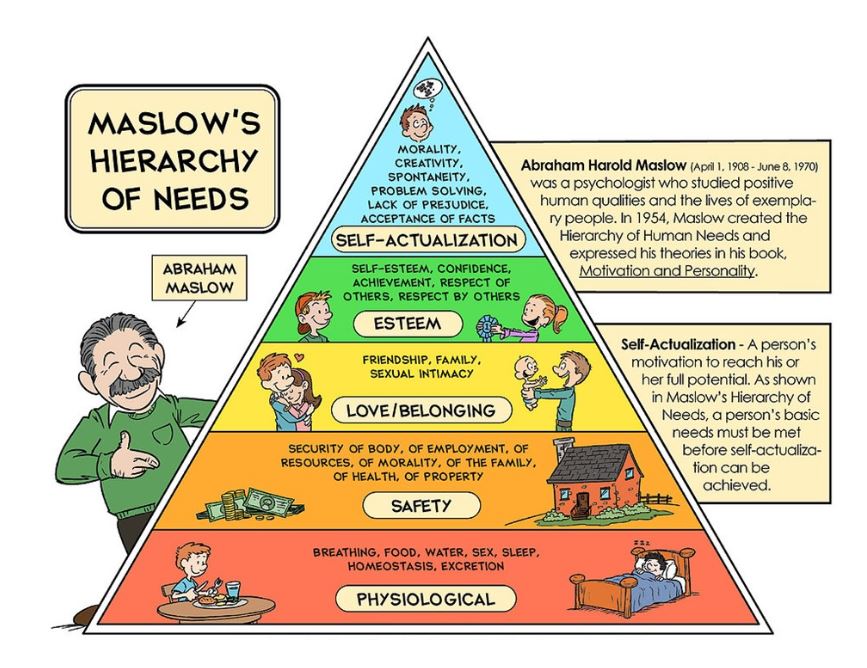The pair I’ve chosen is The Killing and No Offense.
The Killing:
“Inspector Sarah Lund is due to move to Sweden, however, after the murder of a young girl, she is unable to leave the case behind. She spends the next 20 days investigating the teenager’s death. It interlocks three different stories.”
First episode date: January 7, 2007
Final episode date: November 25, 2012
The primary audience for The Killing are adults, probably those who speak Swedish as this is the language the show is shot in. Because The Killing can be found on Netflix, the secondary audience is probably Netflix users.
No Offense:
No Offense is written by Paul Abbott, and is a police series which features a team of cops, based in a criminal-ridden part of town, work together to keep the streets safe.
- Curran and Seaton are able to argue that the UK governement is partly responsible for the widespread domination of the media landscape by huge congomerates.
- Money wins, while audience size and audience share determine content.
- Succesfull media formats are often replicated to deliver to mass audiences.
- Horizontal intergration of large conglomerates can reduce production costs while maximising profits.
- Advertising prompts media broadcasters to make content that focuses on capturing an ABC1 demographic. – (wealthier demographic of people.)
- Products with less popularity are often sidelined into late night slots on secondary channels.
Commercial Media:
No Offense‘s PSB is Channel 4.
Fox Broadcasting Service is American owned commercial broadcaster for The Killing.
The Killing‘s PBS is DR.








